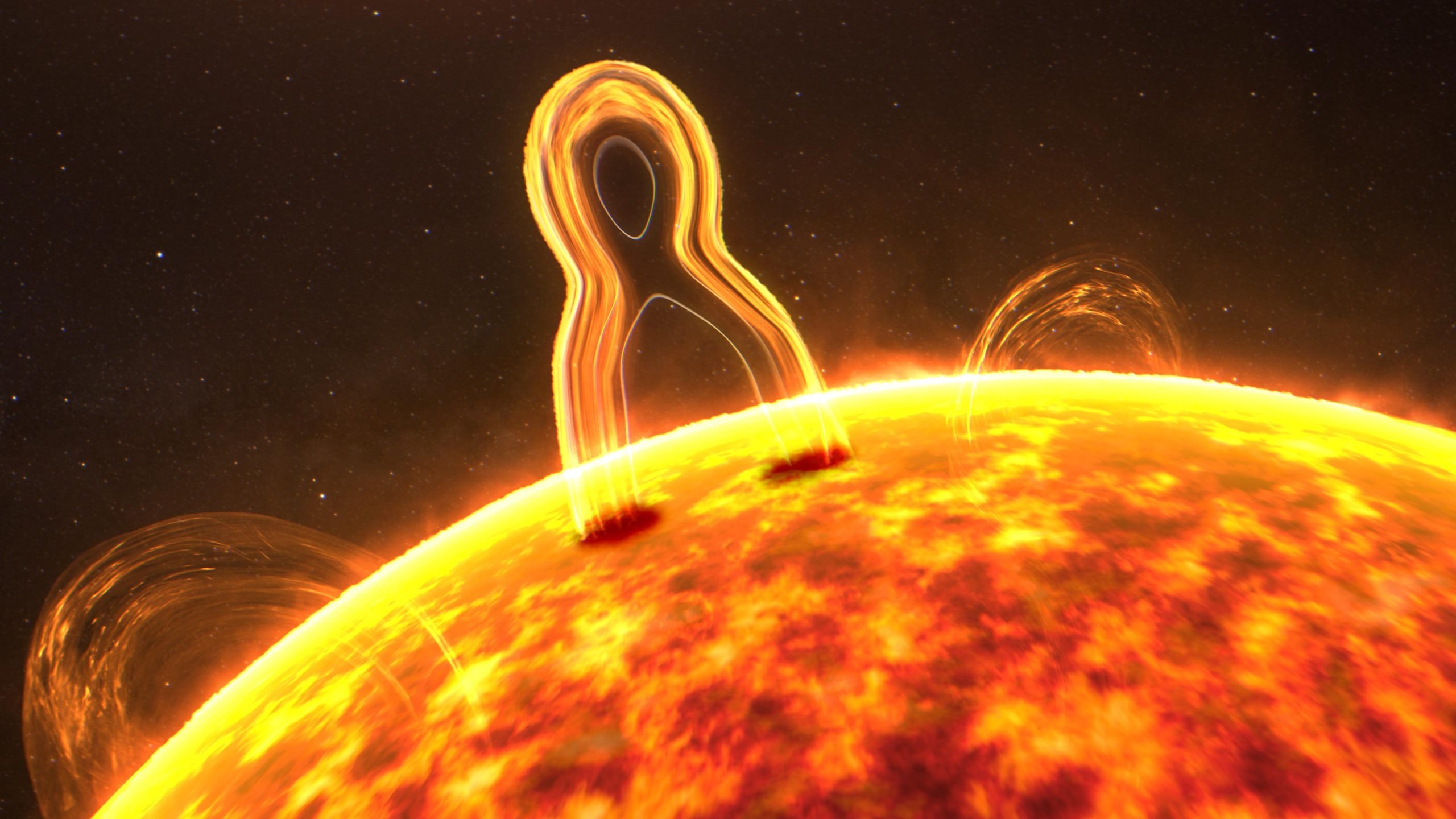Japanese auroral drawing from Shounji Temple shows Okazaki observation on February 4, 1872 with contrast enhancement.
Earlier this year, the rare appearance of the northern lights at uncharacteristic southern locations such as Italy and Texas was due to a solar coronal mass ejection and its effects on our planet’s magnetic field and atmosphere. However, this was a small-scale event compared to the massive solar storm that occurred in February 1872. During this event, a global display of auroras was observed, even in areas near the equator like Bombay and Khartoum. Researchers from nine countries recently conducted a thorough analysis of this significant historical occurrence, investigating its solar origins and widespread earthly impacts.
Currently, modern society’s reliance on technological infrastructure like power grids, satellite communications, and other systems makes it particularly susceptible to the potential effects of large geomagnetic storms. The possibility of major disruptions to critical infrastructure poses a significant challenge for urban areas. The occurrence of such instances is more frequent than previously thought, according to researchers.
Solar flares and coronal mass ejections caused by magnetic reconnection create solar storms. While these extreme events are rare, the Carrington storm in 1859 and the New York Railroad storm in 1921 are noteworthy examples. A recent study also suggests that the Chapman-Silverman storm in February 1872 should be categorized as one of these rare occurrences, as it impacted communications, even in tropical regions at the time.
An international team of scientists, led by Nagoya University, the National Solar Observatory in the US, and the Royal Observatory of Belgium, conducted a detailed analysis of the 1872 storm, examining historical records and utilizing modern techniques to assess its solar and terrestrial effects. The team gathered significant evidence from various sources to understand the scope and intensity of the storm.
The researchers found that even a medium-sized sunspot group on the sun’s surface could trigger such an extreme magnetic storm, as the 1872 event had shown. Their analysis involved combing through extensive historical records, where they found over 700 instances of auroral displays across a wide range of latitudes.
The findings confirm the 1872 geomagnetic storm as one of the most extreme in history, along with the Carrington and NY Railroad storms. Such infrequent events pose risks to our modern society, emphasizing the importance of preserving and analyzing historical records. As the Sun approaches the maximum of Solar Cycle 25 in 2025, enhanced auroral activity is expected in the coming years.
Reference: “The Extreme Space Weather Event of 1872 February: Sunspots, Magnetic Disturbance, and Auroral Displays” by Hisashi Hayakawa, Edward W. Cliver, Frédéric Clette, et al., 31 November 2023, The Astrophysical Journal. DOI: 10.3847/1538-4357/acc6cc


